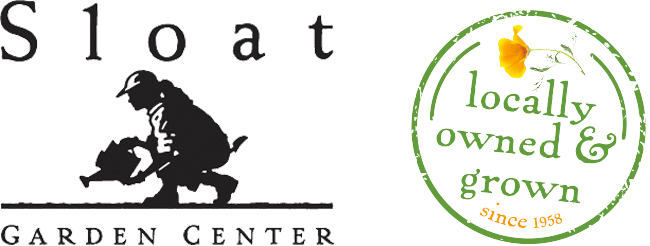Thymes are so versatile and varied; more than fifty varieties are grown for both culinary or ornamental purposes! Thyme’s flavor heightens that of most any food.
Types of Thyme
The thyme most often used in cooking is known as English thyme (a form of Thymus vulgaris). Like other types of thyme, it has woody stems with small oval leaves. It can reach 8 to 12 inches high, though some varieties are smaller. Creeping varieties make attractive aromatic rock garden or edging plants.
Loved for its lemon scent, lemon thyme (Thymus citriodorus) is a delightful plant for both garden and kitchen. One cultivar of lemon thyme with variegated yellow leaves and a prostrate habit is known as ‘Doone Valley’. It makes a beautiful ground cover, particularly in winter when it turns strong shades of yellow, red, and green. Caraway thyme (Thymus herba-barona) is a low-growing plant with dark green leaves sporting the fragrance of its namesake herbs. Others thymes sport aromas of lavender, orange, and oregano!
Growing Thyme
It’s best to purchase plants rather than start thyme from seed, since thyme germinates slowly and unevenly. You can also start plants from cuttings if you have a friend willing to share. Thyme thrives in full sun and light well-drained soil. Space plants 9 inches apart.
Where winters are cold, mulch the plants after the ground freezes with a light mulch. Trim the plants a bit in the spring and summer to maintain a neat growth habit and prevent the development of too much woody growth.
Harvest and Storage
Harvest leaves and sprigs year-round. To dry thyme for storage, harvest sprigs in early fall, tie them together, and hang them upside down in a shady, warm, well-ventilated area to dry. Store leaves in a tightly lidded container. You can also remove leaves from the stem, dry them on a tray, or freeze them.

